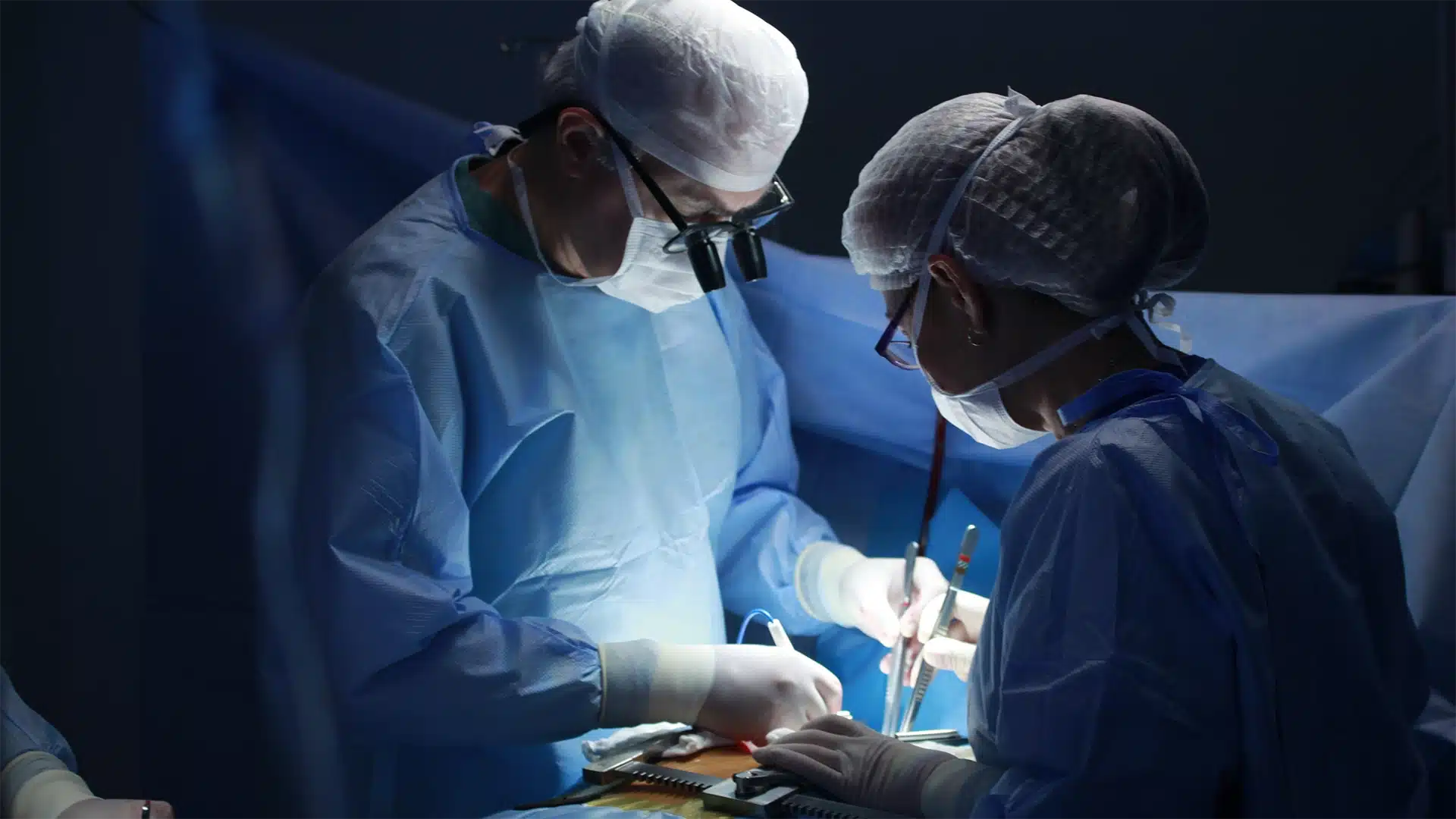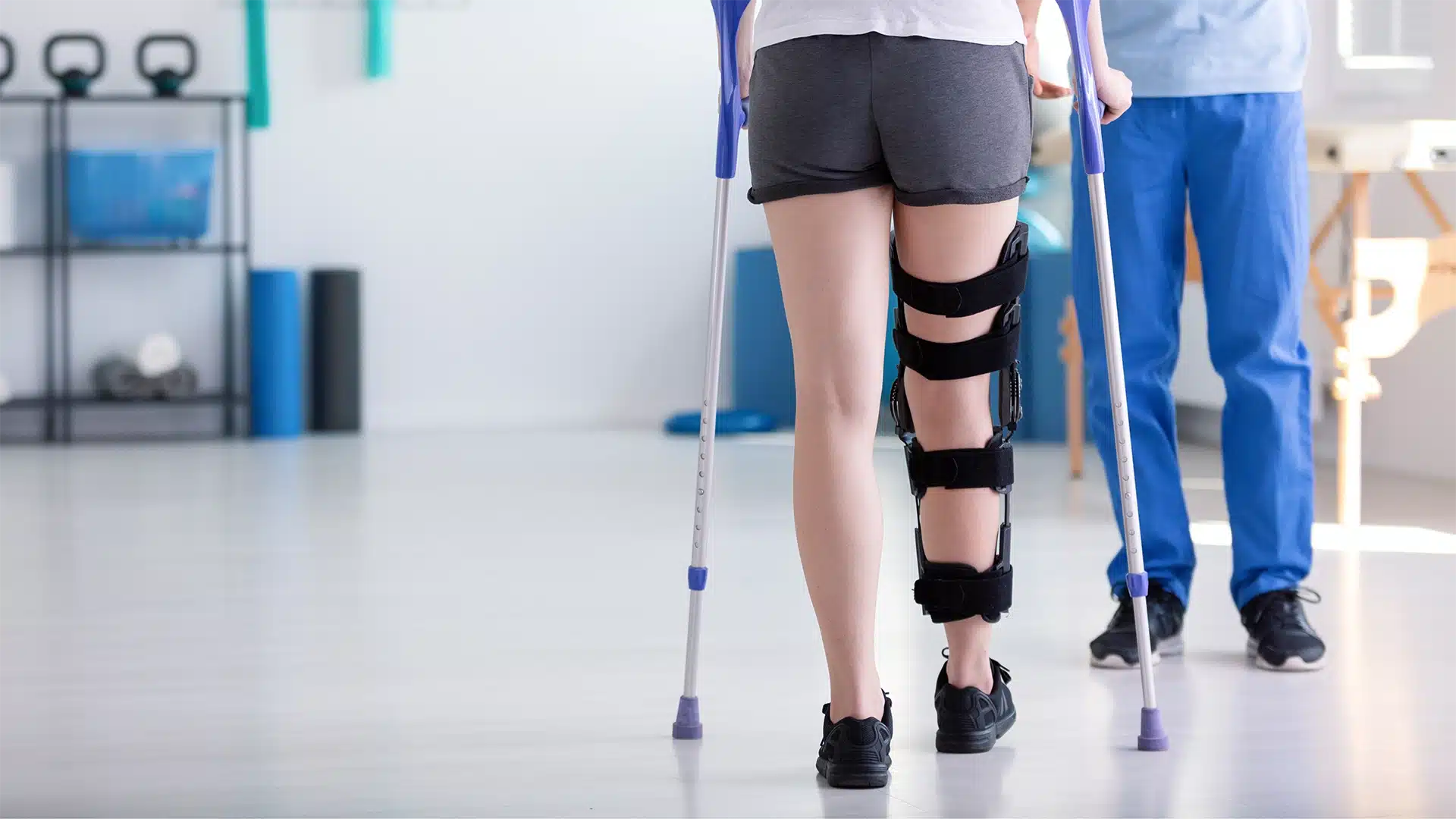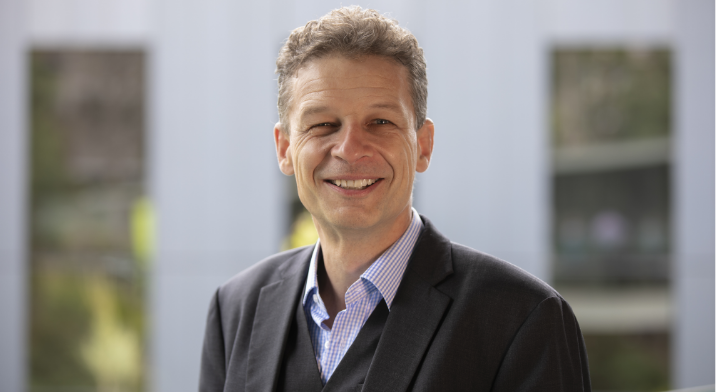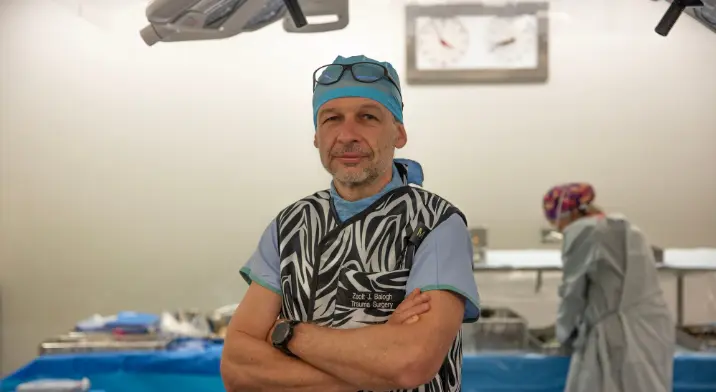Our Injury and Trauma Research Program aims to improve the lives of people affected by injuries and reduce the burden of injuries on our healthcare system and society.
While injuries are more common in people over the age of 65, they are the leading cause of death for people between the ages of 1 and 44.
Injuries in Australia most commonly occur because of falls, transport-related collisions, workplace and recreational injuries, self-harm or interpersonal violence. However, the most common place for injury to occur is in the home.
While advances in trauma care mean that more lives can now be saved, there can be flow-on effects with severe complications for survivors. This can lead to extended hospital stays, long-term disabilities, worse quality of life and reduced life expectancy.
These outcomes impact the health of our communities, and put pressure on our hospitals and healthcare services.
1.9 MILLION
PRESENTATIONS TO EMERGENCY DEPARTMENTS ACROSS AUSTRALIA IN 2022- 2023
PEOPLE AGED 1-44
INJURIES ARE THE LEADING CAUSE OF DEATH FOR PEOPLE AGED BETWEEN 1-44
14,700
DEATHS CAUSED BY INJURY IN 2021-2022
Australian Institute of Health and Welfare
We're transforming approaches to injury prevention and trauma care
Our program aims to prevent injuries from occurring in the first place, or minimising the chance of severe disability or death if an injury happens.
Our researchers are passionate about making an impact in our community, specifically for injury and physical trauma patients. It means our research is practical, measurable, clinically focused and patient centred.
Our four key areas of research are:

Injury prevention
We’re employing epidemiological data reporting and analysis to generate targeted injury prevention initiatives.

Improved trauma surgery
We engage in observational studies, basic science cell biology studies and clinical trials to transform trauma surgery practice.

In-hospital injury-related complications prevention
Our research and clincial trials are helping to reduce in-hospital injury-related complication, which are strongly associated with high morbidity and mortality.

Improved long-term functional outcomes for injured patients
We engage in observational studies that lead to clinical trials to support long-term patient care and outcomes.
Our frontline workers in action
Our Injury and Trauma Research Program, led by dedicated clinician-researchers, plays a crucial role within the HMRI ecosystem, effectively bridging the gap between clinical practice and health research to enhance our relevance to the community.
Our clinician-researchers bring invaluable insights from their experiences on the frontlines of medicine, informing our research activities and ensuring that our work is aligned with the needs of the healthcare system and the people it serves.
Traumatic injuries are often overlooked as diseases, yet they exhibit characteristics similar to acute diseases and can lead to chronic conditions that significantly diminish quality of life.
Our research has achieved important advancements in resuscitation techniques and surgical practices, resulting in reduced mortality and disability rates among trauma patients.
Our Injury and Trauma researchers also lead the Trauma Centre at the John Hunter Hospital.
Based at the John Hunter Hospital, a Level 1 verified Trauma Centre that admits the highest volume of injured patients in NSW, our Research Program is uniquely positioned to positively impact the lives of numerous trauma patients.
Over the past 18 years, the survival rate for major trauma at John Hunter Hospital has risen from 86% to 92%, making it the highest in Australia and New Zealand.
This remarkable improvement highlights our dedication to providing exceptional care and conducting thorough research. Our holistic and personalised approach not only improves immediate patient care but also allows us to carry out large-scale clinical trials that monitor injured individuals throughout their entire recovery journey.
By tracking progress from injury to rehabilitation, we collect vital data that informs future treatments and interventions, ultimately making a meaningful difference in the lives of patients in our communities.









